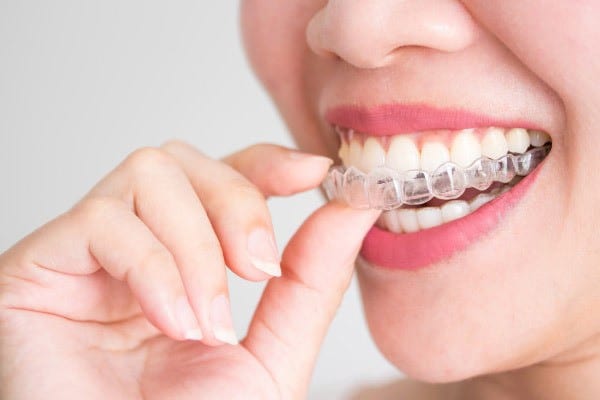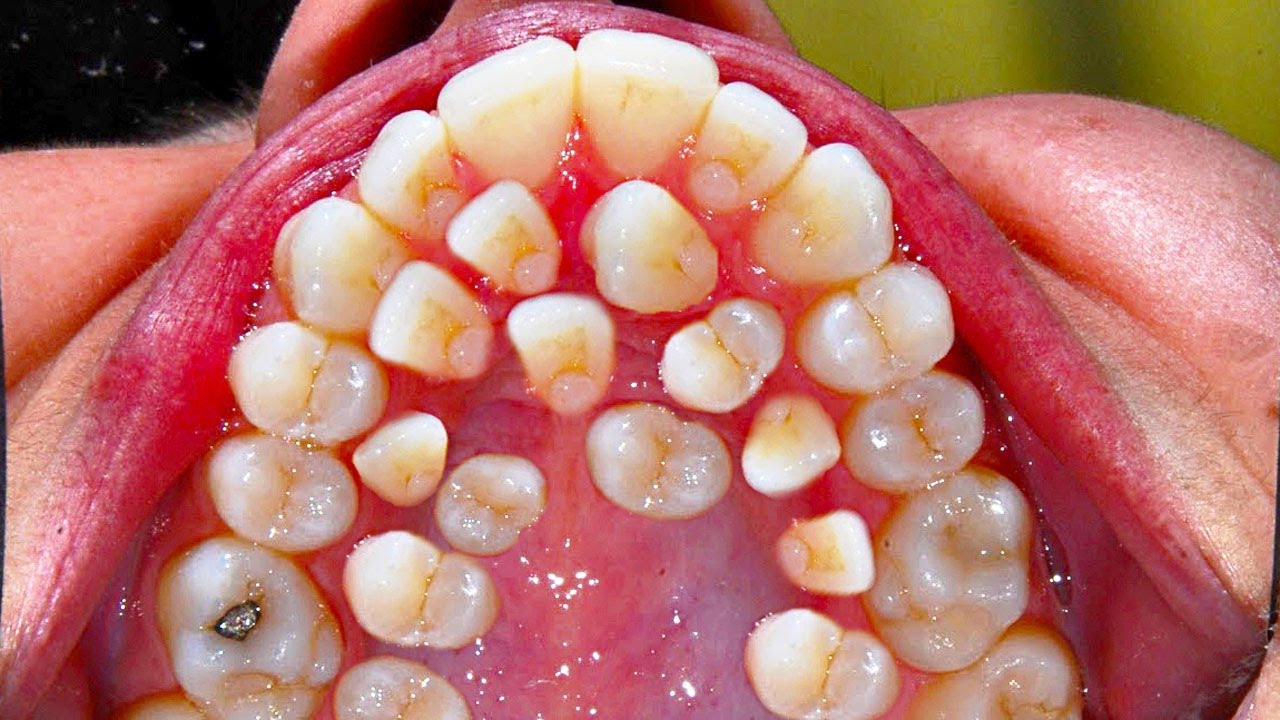Infants and Dental Care: Timeline Tips
Though you may have sufficient knowledge in regards to your own dental health, you are allowed to admit you could use some guidance when it comes to your infant’s dental care. It is certainly easier for adults to diligently stay on top of their own dental health. We’ve learned to brush thoroughly, floss often, and attend regular dental visits. As for infants ranging from no teeth, to the eruption process, to a few teeth having broken through — what is the correct protocol, you ask? That’s why we’re here! We want to ensure that you know all about what’s best for your little one when it comes to dental care and their dental health.
There are many reasons why your infant’s dental care is extremely pivotal. As experts, we have dwindled all those reasons down to that old saying that rings true: “It’s better to start ‘em young.”
By practicing healthy dental habits from the start, you set your child up for oral health success. Our hope is that this article will bring you up to snuff with what to look out for, what to expect, and how to provide your child with the best dental care. You will have the ability to detect normal progress, stunted progress, and unexpected surprises that will allow you take action accordingly.
Timeline
Birth to 6 months of age:
The healthy dental habits you practice now will serve to prevent cavities and other oral health issues from infancy to childhood. 4-6 months is the approximate age in which children typically begin teething. When it comes to teething, there are a few things to remember.
- Remember to wash your infant’s gums after feeding
-
- Pro Tip: Gently massage the child’s gum tissue with a moistened washcloth over your index finger
-
- Encourage your child to feed by propping the bottle in their mouth
-
- Pro Tip: Never put your child to bed with a bottle as this is a choking hazard
-
- Red and swollen gums is to be expected
- Provide your child with a clean teething ring or other safe and recommended teething products of your choice
-
- Pro Tip: Cold temperatures are soothing
-
- Actions such as cleaning fallen pacifiers with your mouth and testing the temperature of your child’s bottle with your mouth are not recommended
-
- Pro Tip: Why? Remember: Bacteria causes tooth decay (cavities). These actions transmit unwanted and unfamiliar bacteria into your child’s mouth
-
6-12 months of age:
We are sensing a major breakthrough within this time frame! That’s right — between 6-12 months, your child’s first tooth may erupt. It’s time to put your practice and preparation to good use.
- Repeat the teething relief tips explained above
- Once you see a little tooth, it’s time to add a toothbrush to the mix! (no toothpaste yet)
- A soft bristle toothbrush will be the most gentle and effective type of brush to use — anything other than soft bristled will be too harsh for your child
- Begin weaning your child off of bottles and towards soft foods
- Pro Tip: Limit foods and drinks high in sugar to begin healthy habits
What to look out for:
Look out for any signs of dental issues by regularly lifting your child’s lips. Small white or brown spots on his or her teeth may be an early indicator of a cavity. Don’t panic! Call your dentist right away and we will take care of it right away. Early detection is good!
If all looks good, remember that scheduling your child’s first dental appointment is necessary anyway. It is highly recommended to schedule their first appointment before their 1st birthday or anytime up to 6 months following the eruption of their first tooth. Fluoride is something you should bring up to your child’s dentist upon the first visit to find out their recommendation if your water is not fluoridated.
12 to 18 months of age:
How did your child’s first dental appointment go? If you have not yet schedule one, it’s time!
- Continue on with the brushing. It’s time now to add in some water (still no toothpaste). You’re doing great!
- Continue examining your child’s mouth for anything unusual
18 months +:
Typically, by 2-and-a-half to 3-years-old, all of your child’s primary teeth should be present. We highly recommended that by this time, pacifier use and thumb-sucking should have come to an end. Prolonged thumb-sucking and pacifier usage can lead to dental complications such as misalignment of the teeth, jaw, or roof of the mouth. In addition, thumb-sucking can expose your child to harmful bacteria.
- Continue on with the brushing. Ahh, you and your child have graduated! Now, it’s time to add a pea-sized amount of fluoridated toothpaste. Remind your child to always spit the toothpaste out rather than ingesting it. Take advantage of one of the only times you can get away with encouraging “funny noises” out of your child’s mouth. Making funny spitting noises can encourage your child to rid of the excess toothpaste in a way they may look forward to.
- Typically, children will need assistance in brushing until they develop the appropriate coordination skills.
- 6 or 7 is the age your child should be brushing independently.
- Continue to check for anything unusual
- Schedule your child’s dental visits for every 6 months!
- If thumb-sucking has persisted past 3-years-old, mention that to your dentist at their next dental visit.
That wasn’t so hard! You have officially mastered Infant Dentistry. Refer to this guide whenever you need to and just remember: When it’s time, rest assured that you set your child up for oral health and hygiene success! The team here at Rockefeller Cosmetic Dentistry is always here for you!



